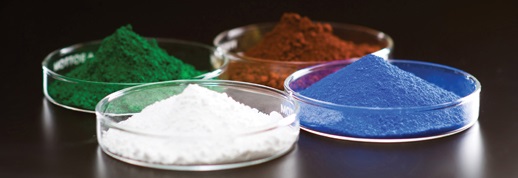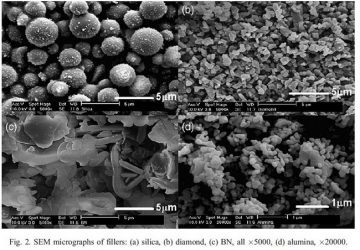Getting a full picture of the polymer-filler interface isn’t always easy to do, but a scientist based in the United Kingdom is conducting research she hopes will shed some light on this topic.
Anna Kepas-Suwara, who is in advanced materials and product development with the Tun Abdul Razak Research Centre, presented a paper titled “Visualization of Polymer-filler Interface Using Atomic Force Microscopy” at the recent ACS Rubber Division International Elastomer Conference in Louisville.

The presentation studied how in tire tread formulations rubbers and fillers are blended to achieve optimum tread properties. And she said the bulk properties of the materials are highly influenced by the properties of polymer-filler interfaces.
“These can have a significant impact on the key characteristics of the compounds,” she said. “A better understanding of these interactions could lead to enhanced design of tire tread formulations with improved mechanical and physical properties.”
Kepas-Suwara’s study reported direct visualization and nano-mechanical characterization of the polymer-filler interface using atomic force microscopy-based techniques. The TARRC scientist said three components—filler, bound rubber and polymer matrix—can be distinguished via a shift in the phase angle of the oscillating cantilever.
She found the thickness of the bound rubber in silica-filled natural rubber was about twice that of NR filled with carbon black. In addition, with the increase in volume fraction of filler a decrease in loss tangent is observed. Kepas-Suwara said this supports the theory of restricted mobility of rubber in a close proximity to the filler particles.
rubber-filler interaction
Kepas-Suwara said in looking at rubber-filler interaction it’s widely known the importance of reinforcement in the rubber industry.
“We know a lot about the interactions, but very often it’s difficult to find a technique to prove what we think,” she said. “This is the case with bound rubber. Bound rubber is the rubber bound to the filler particles. Very often it has a limited thickness, so therefore it’s very difficult to measure that.”
Kepas-Suwara said she received a number of questions following her presentation, possibly because there are some research groups looking at rubber-filler interaction and how to quantify the interaction, using different microscopic techniques. In addition, the experiments are easy to carry out, so there were queries related to that as well.
She said some tire manufacturers are using atomic force microscopy, but often they don’t publish the data or talk about the measurements they perform.
Looking ahead, the TARRC scientist said there is a possibility to make breakthroughs in this arena. “If you can get a full picture of what’s going on in filler compounds,” Kepas-Suwara said, “and if you can look not only at rubber-filler interaction but also fill structure within the rubber, … then I think we would be in a position to make a big step forward.”
Source: https://www.rubbernews.com/article/20190221/NEWS/190229980/tarrc-scientist-studies-polymer-filler-interaction

